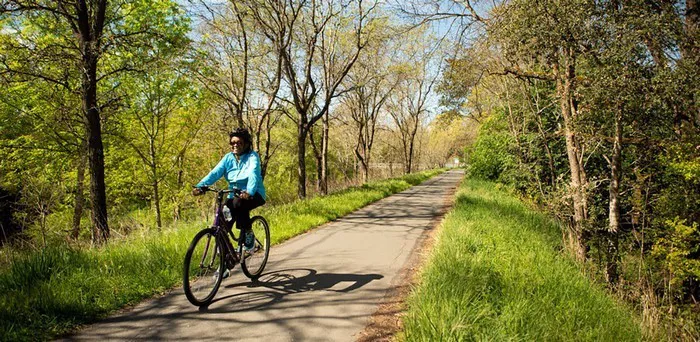Cycling is not only a popular form of exercise but also a fantastic way to transform your body shape. Whether you’re pedaling through city streets or conquering challenging trails, cycling can have a profound impact on your physical fitness and appearance. Let’s delve into the ways cycling can change your body shape and the science behind these transformations.
Cardiovascular Benefits and Fat Loss
One of the most significant impacts cycling has on your body shape is its ability to improve cardiovascular health and facilitate fat loss. Cycling is a highly effective cardiovascular exercise that increases your heart rate and burns calories. Regular cycling sessions can help reduce overall body fat, particularly around the abdomen and thighs, leading to a leaner and more toned physique.
During cycling, your body utilizes stored fat as a primary source of energy. As you engage in sustained cycling activities, your metabolism becomes more efficient at burning calories, even at rest. This metabolic boost contributes to a reduction in body fat over time, resulting in a more sculpted appearance.
Leg Muscle Development
Cycling predominantly targets the muscles in your lower body, including the quadriceps, hamstrings, calves, and glutes. The continuous pedaling action strengthens and tones these muscles, leading to improved definition and shape.
1. Quadriceps: The quadriceps, located at the front of the thigh, are heavily engaged during cycling to extend and straighten the leg with each pedal stroke. Over time, this can lead to more prominent and defined thigh muscles.
2. Hamstrings and Glutes: The hamstrings (back of the thigh) and glutes (buttocks) play a crucial role in powering each pedal stroke and stabilizing the body. Regular cycling helps develop these muscles, enhancing their size and firmness.
3. Calves: Cycling also provides an excellent workout for the calves, which work to push and pull the pedals. Stronger calf muscles contribute to a more sculpted lower leg appearance.
Core Strength and Stability
Maintaining balance and posture while cycling requires core strength. Your core muscles, including the abdominals and lower back, engage to stabilize your body and support your posture throughout the ride. As a result, cycling can contribute to a stronger and more toned core.
A stronger core not only improves your cycling performance but also enhances overall body posture and balance. It can help flatten and tone the abdominal area, contributing to a more streamlined silhouette.
Calorie Expenditure and Weight Management
Consistent cycling can be a highly effective strategy for managing body weight. Cycling is a calorie-burning activity that can help create a calorie deficit when combined with a balanced diet. By burning excess calories, cycling can aid in weight loss and promote a healthier body composition.
The number of calories burned during a cycling session depends on factors such as intensity, duration, and terrain. High-intensity cycling, such as interval training or hill climbs, can further elevate calorie expenditure and promote weight loss.
Enhanced Cardiovascular Endurance
Regular cycling improves cardiovascular endurance by strengthening the heart, lungs, and circulatory system. As your cardiovascular fitness improves, you’ll be able to cycle for longer durations and at higher intensities, which can accelerate the body-shaping benefits of cycling.
Improved endurance also translates to better overall fitness and stamina, allowing you to engage in other physical activities with greater ease and efficiency.
Postural Benefits
Poor posture can contribute to a less-than-ideal body shape, often resulting in rounded shoulders, a protruding abdomen, and other alignment issues. Cycling, especially when done with proper posture and bike fit, can help correct postural imbalances.
Maintaining an upright posture while cycling strengthens the muscles that support the spine and shoulders. Over time, this can lead to improved posture both on and off the bike, contributing to a taller and more confident appearance.
Mental Health and Well-being
Beyond physical changes, cycling offers significant mental health benefits that can indirectly influence body shape. Regular exercise, including cycling, releases endorphins (feel-good hormones) that reduce stress, anxiety, and depression.
Reduced stress levels can have positive effects on overall health and weight management, as stress is often associated with unhealthy eating habits and weight gain. By promoting mental well-being, cycling can indirectly contribute to a healthier body shape.
Conclusion
In conclusion, cycling is a transformative exercise that can positively impact body shape in numerous ways. From burning fat and toning muscles to improving cardiovascular health and mental well-being, regular cycling offers a comprehensive approach to achieving a healthier and more sculpted physique. Whether you’re cycling for leisure, fitness, or transportation, incorporating this enjoyable activity into your routine can lead to profound changes in your body composition and overall health. So, grab your helmet, hop on your bike, and pedal your way to a fitter, stronger, and more confident you!

